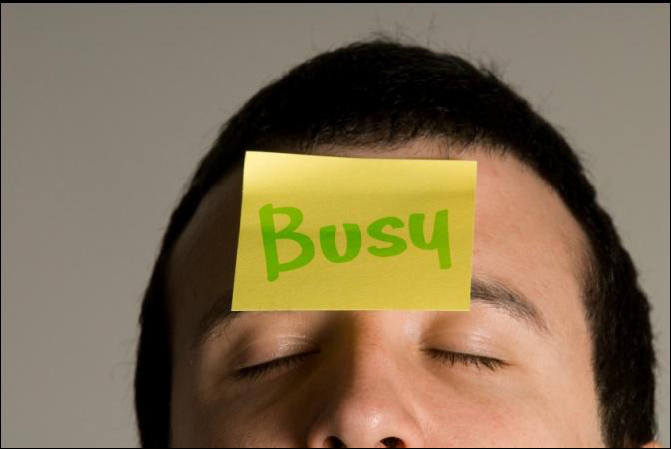By Robin Elliott
So you’re busy. I get it. You’ve got a lot to do.
Or have you?
Busyness is something I’ve long been uncomfortable with. Uncomfortable because I suspect it is just a cover, a distraction for something else. Perpetual busyness can be a hedge against focus, a counter to looking at something we don’t want to see. If we stop, that something can come crowding in and will ask for resolution or change. It will ask for accountability and urge us to produce an outcome and achieve a result.
And very often that is hard. So we don’t do it. Instead, we just keep moving so that we appear to be achieving.
However, when we do take accountability and move deliberately, we create purposeful motion. We achieve, we get results and we grow.
I have a friend who is enviably efficient. She does a lot. She orders her day in seemingly effortless fashion and just gets things done.
One day, as I observed her organising her children and then gathering her resources for the day; gym gear, laptop and tablet, meeting papers, I noticed she was calm. Her packed schedule would unsettle most people and yet, here she was entering the day from a peaceful, controlled and organised mindset.
She was active, rather than busy.
Going from busy to active is a shift in mindset and practice and, like all change, is a process.
3 TAKEOUTS TO HELP YOU MAKE THE SWITCH FROM BUSY TO ACTIVE
1. ENTER THE DAY DELIBERATELY
It’s key, that word — enter. It implies considered movement and a co-creation with the day ahead, rather than just uncontrolled reactions to whatever is happening in your external environment. Have a morning routine and ritual and take some time to prepare yourself for the activity that is coming.
2. BUILD YOUR STOP MOMENTS
Don’t wait for a crisis to force you to stop. Build moments into your day, week and year where your busyness is stopped. For example, create a regular calendar appointment where you ‘meet yourself’ or embrace the vacational ‘mini-break’. These moments will interrupt the busyness pattern and allow you time for reflection and planning. It’s counter-intuitive, but stopping can actually help you to go faster.
3. BE HERE NOT THERE
‘Here’ is where we are at. Here is solid and tangible. ‘There’ is a concept, it’s formless and intangible. When we’re overly busy we’re not present and our minds are ahead of our bodies. We can only ever take action in the present, so stay in it.
Robin Elliott. First published on www.quickbites.co


